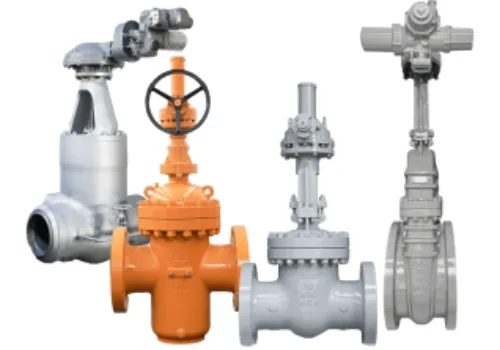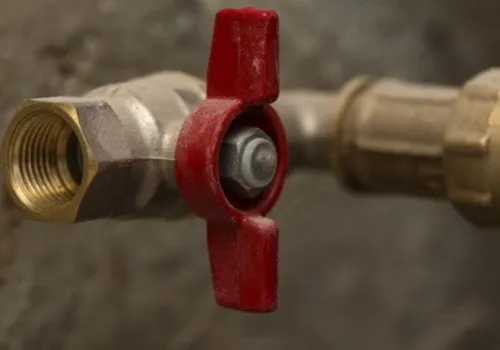
In fluid systems, choosing between ball valves and check valves is essential but often confusing. They both play crucial roles, yet understanding their distinctions can be challenging. Ball valves offer precise flow control using a spherical closure, while check valves allow unidirectional flow to prevent reverse flow.

However, each valve type serves unique applications. Let's explore the differences to help you make the right choice.
Fluid control systems often require reliable shut-off capabilities; enter the ball valve. Its simplicity and efficiency make it a favorite. Ball valves provide a quarter-turn operation for quick shut-off, ideal for fluids, gases, and mixed media applications.

The main benefits include durability and a perfect seal, suitable for systems requiring infrequent manual or remote control.
Ball valves come in various forms like floating, trunnion, and V-notch, each suited for different pressures and media types. Made from materials like brass, stainless steel, and PVC, they meet specific use cases. Here's a comparison:
| Type | Description |
|---|---|
| Floating | Simple design, cost-effective |
| Trunnion | Handles higher pressures |
| V-notch | Offers exceptional flow control |
| Their wide range of materials ensures compatibility with many systems, emphasizing versatility and functionality. |
Check valves play a vital role in preventing fluid backflow, thus protecting equipment and ensuring system integrity. Check valves only allow flow in a single direction, using pressure to close and secure the system. Common in pipelines where backflow prevention is critical, they require no external power to operate.
Standard check valve types include swing, lift, and ball check valves, each offering unique benefits for different systems. Materials like stainless steel and plastic ensure resilience. Consider the following:
| Type | Advantage |
|---|---|
| Swing | Low-pressure drop, reliable |
| Lift | Excellent sealing capabilities |
| Ball | Simple, cost-efficient |
| These designs ensure optimal performance for various media, sustaining pressure differences effectively. |
Understanding the right application for each valve is vital in making the best choice. Here’s how they differ:
Ball valves shine in systems where precise control and shut-off are paramount, such as in gas transportation and industrial fluid control. They're optimal when fast opening and closing are necessary.
Check valves are indispensable in maintaining pressure and preventing backflow in systems like water treatment and oil fields. They safeguard compressors and pumps, ensuring stable operation.
Choosing between ball and check valves depends on your needs and system specifications. Here’s a quick guide:
1. Purpose: Need control? Opt for ball valves. Protect against backflow? Choose check valves.
2. Media: Both handle gases and liquids, but ball valves manage a broader range, including abrasive media.
3. Installation: Consider operating conditions, such as pressure and temperature.
Ball and check valves serve distinct roles, though both are critical components of fluid systems, ensuring efficiency and safety.